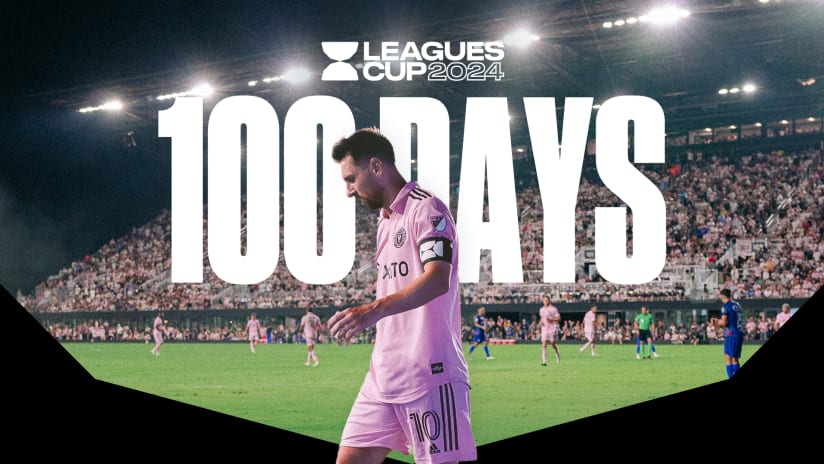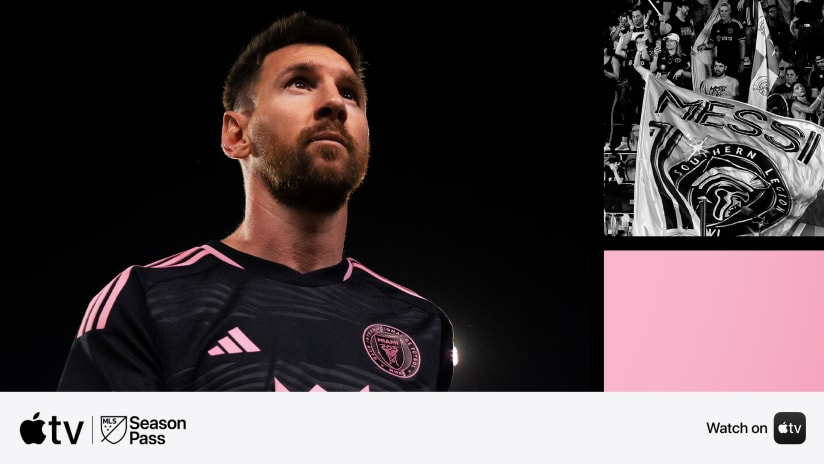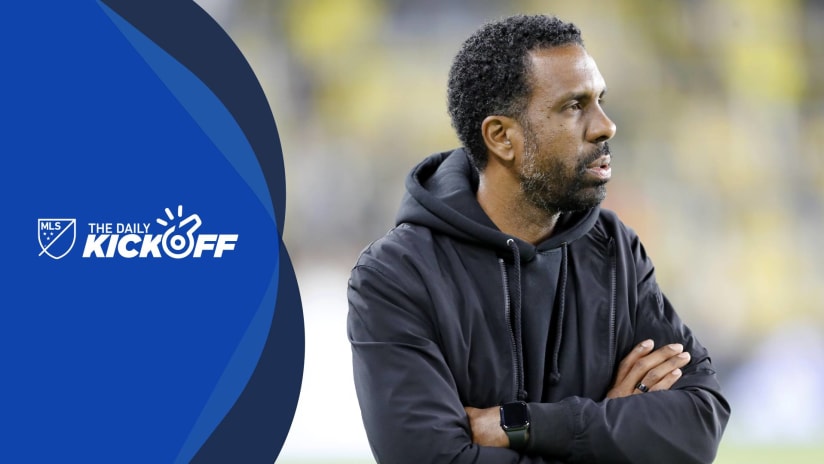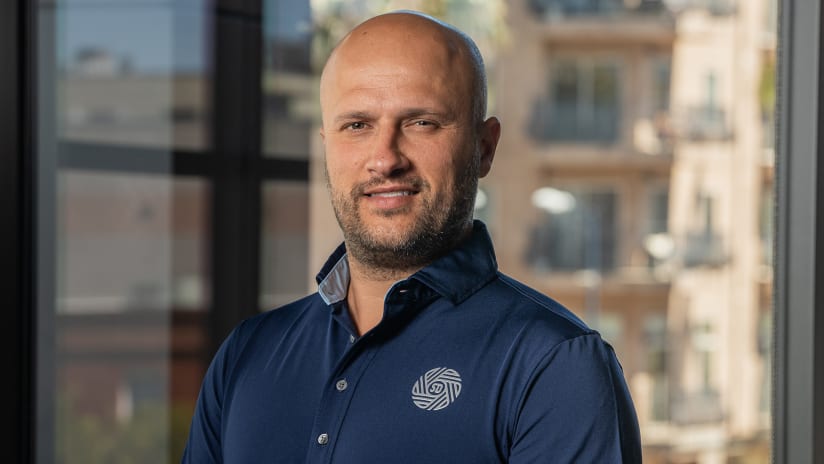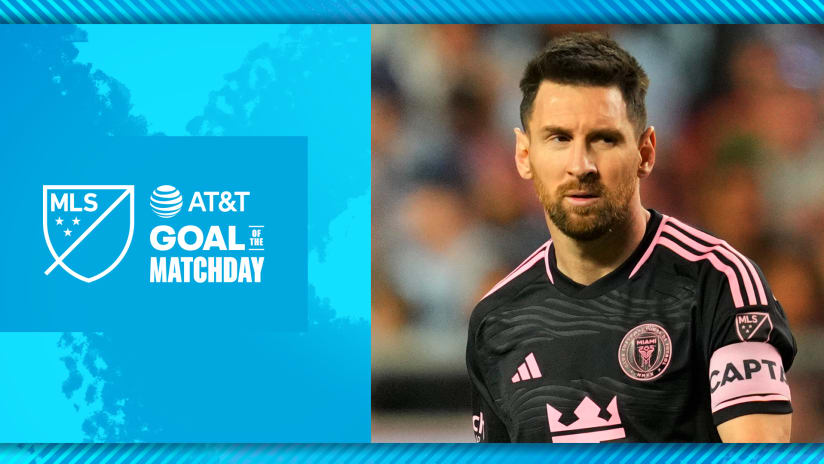SAN JOSE, Calif. – When the San Jose Earthquakes visit Real Salt Lake on Friday (10 pm ET; UDN), the hosts’ 316-minute scoreless streak will be a major talking point. Slinking under the rader, however, will be the Quakes’ own sputtering attack.
San Jose head into Rio Tinto Stadium on a 1-3 skid, with just two goals to show for their efforts in that timeframe. Only one of those tallies – Sanna Nyassi’s rebound half-volley, which secured a 1-0 win against Vancouver on April 11 – has come from the run of play.
Nevertheless, Quakes coach Dominic Kinnear feels his team is generating enough opportunities to get results.
“The thing is, we are creating chances,” Kinnear told reporters Wednesday. “We’re not walking off the field [saying], ‘We didn’t have a chance today to score.’ If that were the case, I’d be really concerned.”
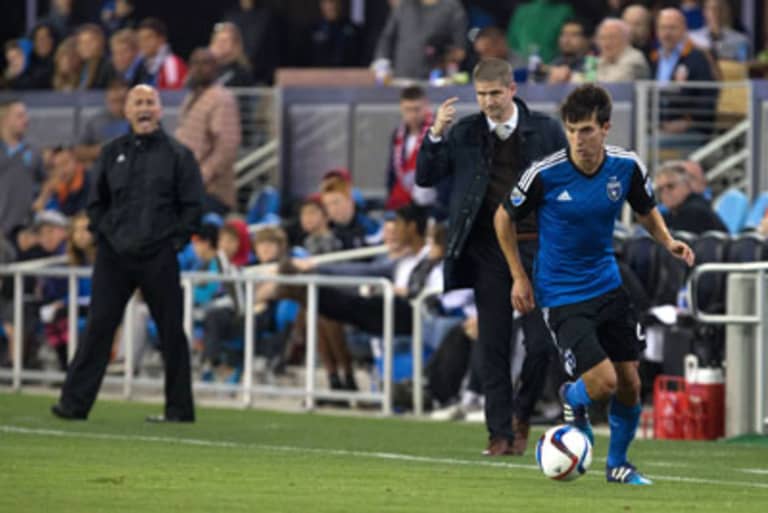
Coming into the weekend, the Quakes are tied for 13th in terms of goals per match, at an even 1.00 mark. They have converted their only penalty kick and also had some success in dead-ball situations, but rank 16th on the list of scoring chances created via open play, at 6.29 per game. (RSL, by comparison, are last in that category at 5.14, while Columbus lead at 11.14.)
“I think we just need to do a little bit better in the midfield possessing the ball,” winger
Shea Salinas
told MLSsoccer.com. “It’s been difficult transitioning to the attacking third, because we haven’t been able to keep the ball very much in the middle. We’ve been on our back foot quite a bit, so we haven’t possessed the ball much in the final third, and I think once you do that, you’ll create a lot more chances.”
The Quakes are trying to find a balance between getting the ball at the feet of their most accomplished playmakers and keeping those attackers – guys such as
Matias Perez Garcia
,
Innocent
and
Chris Wondolowski
– close to goal. Kinnear said earlier this month that he had talked to Garcia – usually the deepest-lying member of that trio – about the need to refrain from dropping too far back to provide help. But when San Jose have trouble maintaining control of the ball in their half, it’s a natural inclination.
- Get more San Jose Earthquakes news at SJEarthquakes.com
“If our back four can help hold possession, if our holding mid can help hold possession, then Matias doesn’t have to come so deep to receive the ball to help us maintain the ball,” Salinas said. “So I think keeping possession in the back will help him just eke forward a little bit. ... The more we find his feet in space in the middle of the attacking third, we’re going to be better.”
Clarence Goodson pointed out that the Quakes were fit enough to put pressure on New England and New York in the second halves of those games, but added that the high-pressure system that Kinnear is trying to instill in San Jose may also take its toll in terms of asking attackers to be true two-way players.
Still, it seems to be the way going forward.
“It’s a lot of running, a lot of quick sprints, but I think that’s the right way to play,” Quakes midfielder Tommy Thompson said. “I think Dominic implementing that into our system has been a very good thing, because then we put other teams on their heels and we can pick it off and make things happen when we’re in transition. The high-pressure style is worth the extra physical exertion we have to go through.”


